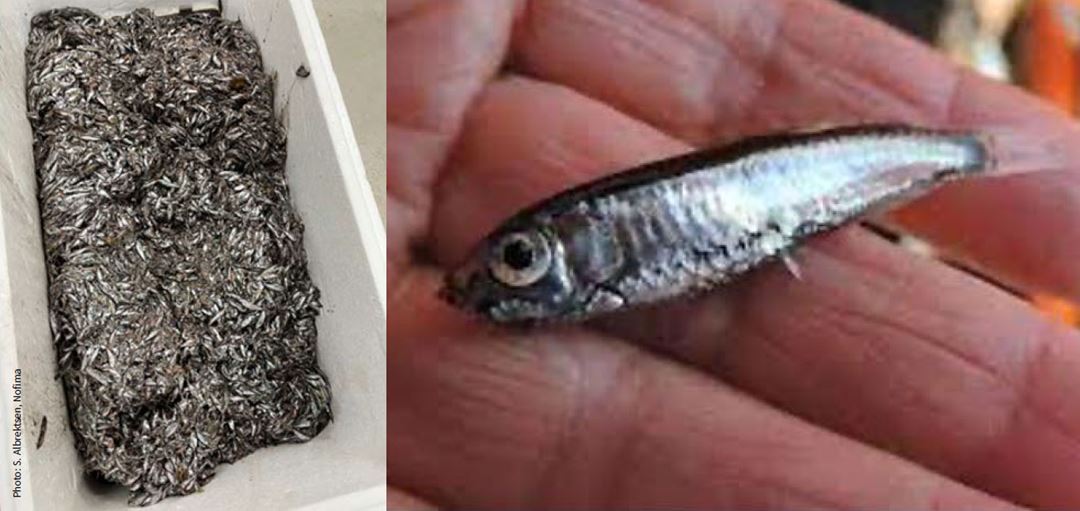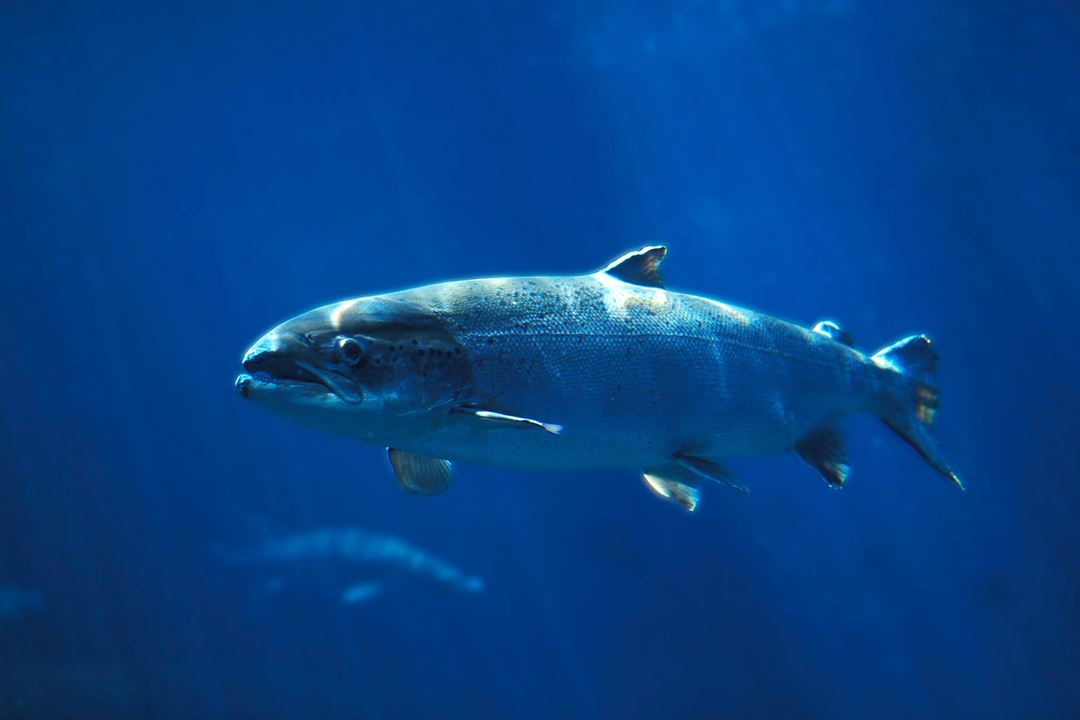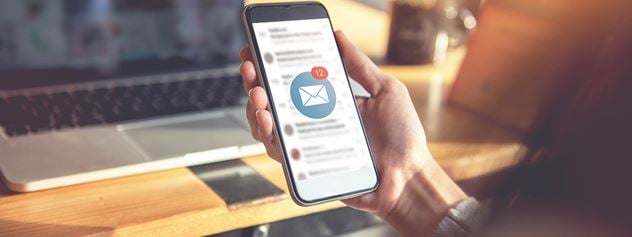Low-trophic fish species are found in large quantities not far from the Norwegian coast, but at great depths, and are therefore rarely exploited. In the wild, salmon eat various fish species such as herring and sand eel. There has therefore been great interest in seeing whether farmed fish can benefit from fish feed with proteins from low-trophic species, such as Mueller's pearlside.
Feed for 5 million tonnes of farmed fish
“Five million tonnes of salmon from Norwegian farms by 2050, has become a national ambition. For this to succeed, lice, breakouts, and emissions must be eliminated. But the biggest bottleneck is the feed.”
This was written by Senior advisor Karl A. Almås and Business developer Ida Grong Aursand from SINTEF in an op-ed in Dagens Næringsliv, in August 2023.
Half a year later, the then Minister of Fisheries and Ocean Policy, Cecilie Myrseth (Ap), said: “Fish is climate-friendly and healthy food, but we source too many feed ingredients from abroad. Sustainable production of feed based on an increasing proportion of Norwegian ingredients will reduce climate emissions and strengthen our ability to be self-sufficient.”
The same year, it was reported on the Norwegian Institute of Marine Research's thematic page “Future fish feed: More sustainable with local raw materials" that in the last 10 years, marine fish oils and fishmeal have been replaced with plant-based proteins and oils. However, it appears that farmed fish need a certain amount of marine ingredients to achieve satisfactory growth and health. Therefore, new local marine opportunities are being sought. In addition, plant products for feed often compete with food production for humans – they are imported from other parts of the world and are considered unsustainable.

Mueller's pearlside as a feed ingredient
Against this backdrop, it made sense to conduct feed-trials when SFI Harvest partner Nofima, through another research project (EU Horizon 2020 project MEESO - Ecological and economic sustainable mesopelagic fisheries), had the opportunity to produce their own mesopelagic fishmeal and silage from Mueller’s pearlside at Nofima's feed technology centre in Bergen.
A feed-trial was organised using Atlantic salmon, conducted at Nofima's land-based research facility in Sunndalsøra. The fish were fed with five different diets, where each diet group consisted of three fish tanks. The control group received regular fish feed with blue whiting meal. Two groups received fish feed where half or all of the protein in the blue whiting meal was replaced with mesopelagic fishmeal (Fm) produced from Mueller’s pearlside, and the last two groups received diets where 10% and 20% of the protein in the blue whiting meal was replaced with Mueller’s pearlside silage (FPC).

Before the feed was given to the salmon, a digestibility test was conducted in mink by NMBU. It showed that protein digestibility was 85% when fed with mesopelagic protein, while the control meal had a protein digestibility of 90%. However, this turned out to have little impact on the fish:
“We saw almost a fourfold increase in growth. Especially in the first phase, the fish grew very well,” says Senior researcher at Nofima, Sissel Albrektsen. “We see no difference in growth in any groups, nor in feed intake or feed utilisation, i.e., how effectively the fish convert the feed. These groups are completely identical, and it was a bit surprising for us since the control feed had better protein digestibility.”
In addition to good growth, in fact so good that the trial had to be terminated a week before the full 12 weeks, it turned out that the fish from all diet groups had similar content of proteins, fat, and ash. There were also no differences in enzymes, fatty acids, immune parameters, and various types of stress markers.
Better gut health
One area where there was a clear distinction between the fish that received fishmeal based on Mueller’s pearlside and the other groups, was the ability to transport fat from the intestine and further into the body. Among the fish that received the control feed based on blue whiting, the researchers saw a condition called enterocytic steatosis, which means that fat accumulates in the intestinal epithelium. The fish primarily had fat accumulation in the mid-intestine and not in other parts of the intestine.
“When we use only mesopelagic fishmeal, without control meal, we do not see fat accumulation in the intestine. There is something in the mesopelagic raw material that makes the transportation of the fat into the rest of the body function as it should. It is clear that the blue whiting diet lacks something that is present in the mesopelagic fishmeal,” says Albrektsen. This may have something to do with the amount of choline:
“Normally, choline chloride is added to a salmon diet. This is necessary, among other things, for fat transport across the intestinal membrane. What we see is that the control diet probably has slightly too little choline, while the mesopelagic meal containing a lot of fat and large amounts of phospholipids (which contain choline chloride), has more of it.”
It should be noted that all diet groups had normal digestive function despite fat accumulation in the control group, and that this fat accumulation was not very serious. Nevertheless, the mesopelagic fishmeal helps to avoid fat accumulation, and the researchers consider this a very positive result.
Mesopelagic fishmeal gave better results on gut health than Mueller’s pearlside silage, but the silage still performed slightly better than the control diet. Better results with mesopelagic fishmeal are probably due to the possibility of replacing much more of the control meal.
“The main conclusion is that the mesopelagic raw material, both in the form of meal and concentrate (silage), gives very good results on feed intake and growth in salmon compared to fish that receive a high-quality control diet that includes blue whiting. It counteracts fat accumulation in the mid-intestine, and we believe this is related to the naturally high level of choline in the mesopelagic fat,” Albrektsen concludes.


